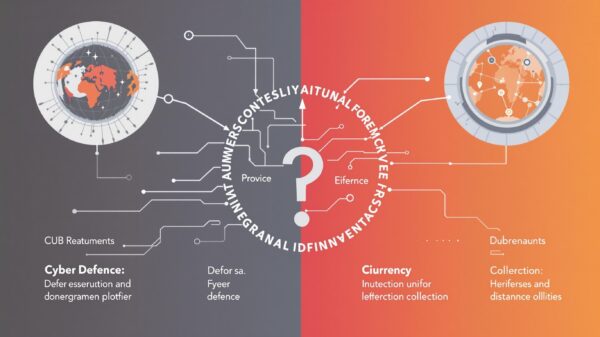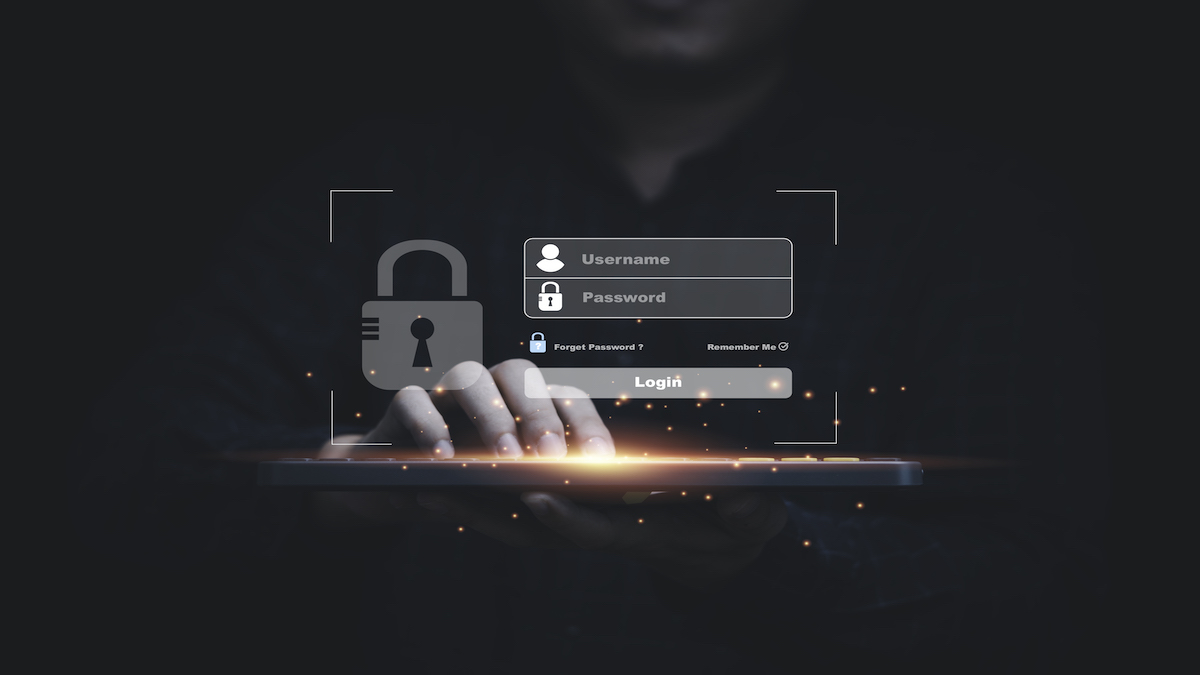Data breaches are becoming increasingly common and can have severe consequences for both individuals and organizations. In this article, we delve into the meaning of a data breach, its potential impact, common causes, and the cost of a data breach, along with top-quality practices to prevent them. We will also explore how to create a data breach response plan and the importance of effective data security measures. Finally, we will look at future trends and innovations in data breach prevention.
Understanding Data Breaches
A data breach occurs when sensitive information is accessed, stolen, or used without authorization. This can include personal information such as names, addresses, social security numbers, credit card numbers, and even medical records. The impact of a data breach can range from financial loss to identity theft and reputational damage for the affected individuals or organization.
Data Breach Definition and Impact
A data breach is a security incident in which sensitive information is accessed without permission. The effects of a security breach can be devastating, causing financial loss, damaging reputation, and inviting legal implications for both individuals and organizations while presenting ways to prevent data breaches for future insight.
Common Causes of Data Breaches
Data breaches can occur due to various reasons, including human error, malicious attacks, and system vulnerabilities. Human error is one of the most common causes of data breaches, such as accidentally sharing sensitive information or falling for a phishing scam. Malicious attacks can be carried out through malware, ransomware, or social engineering tactics. System vulnerabilities can also put sensitive information at risk if they are not properly addressed and secured.

Types of Data Involved in Breaches
Any type of sensitive information can be targeted in a data breach, including personal, financial, health, or corporate data. Hackers may also aim for intellectual property or trade secrets to gain a competitive advantage. Recognizing and securing customer data crucial to your organization is a proactive approach to prevent data breaches.
Cost and Consequences of Data Breaches
Data breaches can have severe financial consequences, including the cost of investigating the breach, notifying affected individuals, offering credit monitoring services, and potential legal fees. Beyond its financial implications, data breaches can also lead to reputational harm and depletion of customer trust, highlighting the importance of understanding the cost of a data breach. In some cases, organizations may face regulatory fines for failing to protect sensitive information.
Biggest Data Breaches in Recent Years
Some of the biggest data breaches in recent years include the Equifax breach in 2017, which exposed over 147 million customers’ personal and financial information. The Marriott Starwood Hotels security breach in 2018 impacted over 500 million guest accounts, indicating the severity of data loss including credit card details and passport information. These high-profile breaches serve as a reminder of the importance of data breach prevention strategies.
Prevention Strategies
Preventing data breaches requires a proactive approach and implementing best practices to secure sensitive information. Let’s explore some effective strategies for data breach prevention.
Best Practices for Data Breach Prevention
Some essential best practices for preventing data breaches include regularly updating software, using strong and unique passwords, and implementing multi-factor authentication. It is also crucial to train employees on data security awareness and implement strict access control measures for sensitive information.
Developing a Security Posture
A security posture refers to an organization’s overall approach to cybersecurity. This involves acquiring comprehensive knowledge of prevalent security threats, deploying suitable security controls, and revising and enhancing security practices routinely. Establishing a robust security posture is crucial to prevent a data breach and maintaining customer data integrity.
Implementing Incident Response Plans
An incident response plan, designed by a competent security team, can serve as a robust measure to prevent data breaches and minimize data loss. This should include identifying key stakeholders, having a communication plan, and outlining the steps to contain and mitigate the breach’s impact.
Security Measures to Prevent Data Leaks
Data leaks occur when sensitive information is unintentionally accessed or disclosed. To prevent data leaks, organizations should implement measures such as encrypting data at rest and in transit, monitoring network traffic for suspicious activities, and using intrusion detection systems.
Data Privacy Compliance
Data privacy regulations, such as the General Data Protection Regulation (GDPR) and the California Consumer Privacy Act (CCPA), have made it essential for organizations to comply with data privacy laws. This involves setting suitable security measures, creating a capable security team, and establishing processes to manage data breaches effectively.
Future Innovations
As technology continues to evolve, so do the methods of preventing and detecting data breaches. Upcoming innovations aim to better understand a breach and how to prevent it.
Artificial Intelligence (AI) and Machine Learning (ML)
AI and Machine Learning can help detect patterns and anomalies in data, making it easier to detect and prevent potential data breaches.
Blockchain Technology
Web3 technology offers a decentralized and secure way of storing and sharing information, making it difficult for hackers to access sensitive data. This technology is already being used to improve the security of financial transactions and could have future applications for preventing data breaches.
Zero Trust Architecture
Zero trust architecture involves verifying and validating every access request, regardless of the user’s location or device. This approach can prevent unauthorized access to sensitive information and limit the impact of data breaches.
Conclusion
In today’s digital age, data breaches are a prevalent threat to individuals and organizations alike. It is crucial to understand the definition and impact of data breaches, as well as common causes and prevention strategies. By implementing best practices, developing a strong security posture, and staying updated on emerging technologies, organizations can effectively prevent data breaches and protect sensitive information. So, it is essential to stay informed and take proactive measures to secure valuable data from potential breaches. Remember, prevention is always better than cure when it comes to data breaches.






















